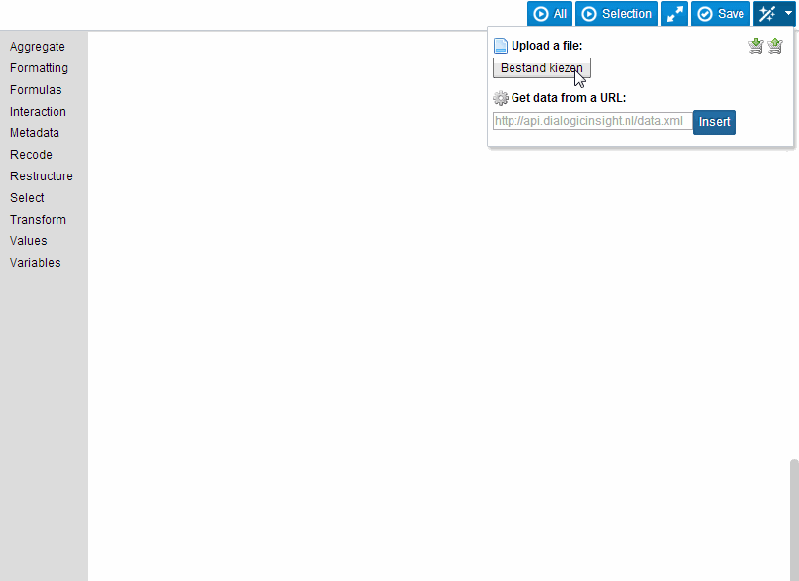At Hackaday, we love things both from scratch and in Scratch, Scratch being the blocks building helpful language for teaching kids and the like how to program. However, when you have a large amount of data that needs to be processed, queried, and collated to get meaningful insights, it is a pain to rewrite a SQL query every time a new question arises that needs an answer. So perhaps a more elegant approach would be to give the people asking the questions the tools to answer them, but rather than teach them SQL, Mongo, GraphQL, or any other database, give them the tools to scratch out the answers themselves.
That’s enough scratch puns for one article. [Tommy] ran into this situation in 2011 and recently wrote about it. Scratch came out in 2003 and has inspired several projects, such as Google’s Blockly. [Tommy] used Blockly to create a web app where users could drag and drop different blocks to form queries. These layouts were passed to a PHP-backed (though later HVVM for performance reasons) and executed as SQL.
Eventually, big data came around, and the company hired proper data scientists. Though [Tommy] notes that some of those who used his tool went on to learn proper SQL and do it themselves. Applying concepts from programs designed to teach children programming might sound a little odd in a business sense, but we love seeing projects that help someone become curious enough to peer inside the machine.

















“That’s enough scratch puns for one article.”
I’m itching for more.
Admin will just use it to link to spreadsheets, and marketting will cut and paste that and nearly have it link to powerpoints if you remember to correct their typos.
Interesting stuff, even if Tommy’s writing style is a bit on the humble-brag side. A great shame there’s no source code to play with – not even a ‘toy’ example.
Third instance of ” a ” to ” an “.
Just tell HaD to “scratch that”!
“Languages” like SQL or Excel formulas would really benefit from being able to be coded just like the other languages : The fact that it’s really easier to code these using Scratch than using the real syntax is a indicator.
They are meant to be used by non-programmers, for sure, but the “do everything in one line” syntax is harder for everyone to understand and modify.
The use of an intermediate language, more structured and human-readable, is totally achievable, and wouldn’t be harder to use for non-programmers considering everyone learns about algorithms nowadays.
Oh look, we’re gonna enter a new Lisp and smalltalk fad again.
Just a slight auto correct issue i suspect. Its Google Blockly not Blocky
This looks like Labview for creating Excel Charts. I never liked LabView because I had no idea what block I needed or what the blocks were doing or why they didn’t work when they didn’t. Didn’t like the New Excel Ribbon either where they moved and hid everything I used to know how to do. There are still things I used to do in Excel that I never found again. And then if I accidentally do get it the way I want I don’t remember how to do it again.
When we show students how to code by dragging and dropping blocks they have to do work to figure out the code being generated. I feel we should teach them to type, then they wouldn’t ever want to leave the keyboard to grab the mouse and move blocks around. Once you learn to type using the mouse becomes a hindrance.
When we teach students to code using blocks, then they create more applications that require using a mouse. Eventually no one will know how the blocks work and be able to create new ones that do something different.